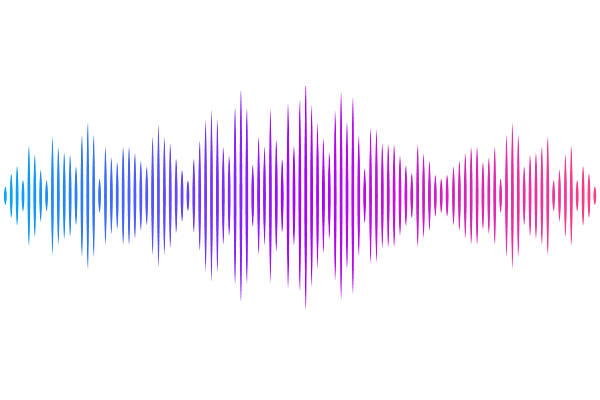Characterization and Bioactivity Potential of Marine Sponges (Biemna fistulosa, Callyspongia diffusa, and Haliclona fascigera) from Kenyan Coastal Waters

Characterization and Bioactivity Potential of Marine Sponges (Biemna fistulosa, Callyspongia diffusa, and Haliclona fascigera) from Kenyan Coastal Waters
WACIRA, T. N.; Makonde, H. M.; Kamau, J. N.; Aura, C. M.; Kibiti, C. M.
AbstractSponges have been reported as a rich source of bioactive compounds, which could potentially be developed into lead compounds for pharmaceutical use. The present study aimed to identify sponges and assess the biological activity of their extracts against human disease-causing organisms, including Escherichia coli, Pseudomonas aeruginosa, Staphylococcus aureus, and Candida albicans. Morphological characterization and DNA barcoding of the cytochrome c oxidase subunit I (COI) gene characterized three sponge species (Biemna fistulosa, Callyspongia diffusa and Haliclona fascigera). The Kirby-Bauer test assessed the antimicrobial activity of the extracts and the inhibition zone diameters (IZD) were measured. The extracts were further subjected to minimum inhibitory concentration (MIC) and minimum bactericidal concentration (MBC) tests to determine the antibiotic susceptibility. The Gas Chromatography-Mass Spectrometry (GC-MS) was used to identify and quantify the organic compounds in the sponges extracts. The methanolic extract of B. fistulosa (28.00 {+/-} 3.5 mm) and H. fascigera. (28.33 &{+/-} 3.8 mm) exhibited a broad spectrum of antibacterial activity against E. coli surpassing the positive control (27.67 {+/-} 0.9 mm). The inhibitory activity of ethyl acetate extract of the C. diffusa (29.33 {+/-} 2.4 mm) against P. aeruginosa was observed to be higher compared to the standard antibiotic streptomycin (26.67 {+/-} 0.7 mm). The methanolic extract of H. fascigera demonstrated the lowest MIC (0.53 {+/-} 0.0 mg/ml) in compared to the streptomycin drug (1.36 {+/-} 0.0 mg/ml), and showed an MBC of 1.25 mg/ml against E. coli. The GC-MS chromatogram data analysis identified 114 distinct compounds categorized into 39 classes across three sponge extracts, with 11.4% of these compounds demonstrating documented antimicrobial activity against human pathogens. This study corroborates sponges as a promising source of bioactive compounds, which are valuable leads for drug discovery and development. Future research must explore their mechanisms, molecular-level toxicity, and lead optimization to enhance drug development.